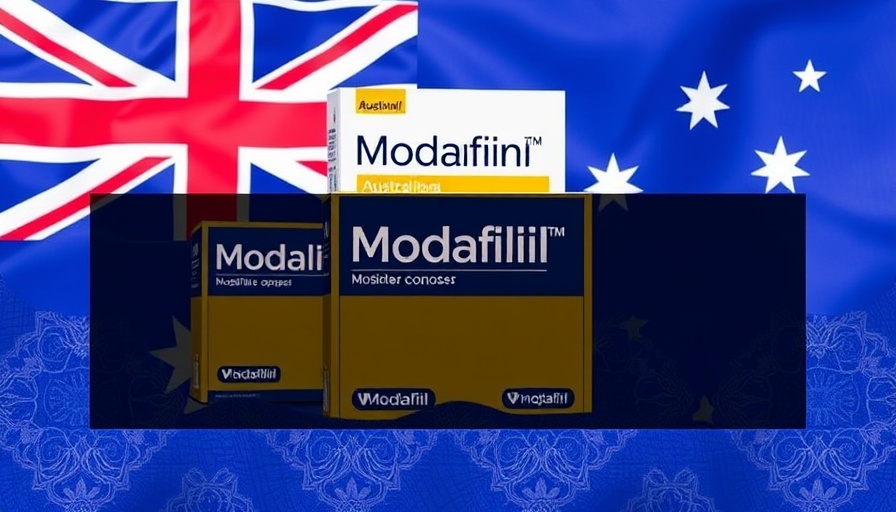
Understanding the Impact of Cannabis on Dopamine Levels
As parents, it’s crucial to understand how substances can impact our children’s brains, particularly with the growing acceptance of cannabis in society. Recent studies reveal that marijuana has a profound effect on dopamine levels, which play a significant role in motivation, pleasure, and reward. For young people, the implications of these changes can be substantial, sometimes leading to distress and issues with motivation.
The Dopamine Connection: A Brief Overview
Dopamine is often referred to as the “feel-good” neurotransmitter, influencing our sensations of pleasure and satisfaction. Research indicates that cannabis can temporarily boost dopamine levels shortly after consumption, giving users a sense of euphoria. However, prolonged use leads to a decrease in this neurotransmitter, making daily activities feel less rewarding. Chasing that high can result in a cycle of dependency, which can be especially problematic for adolescents whose brains are still developing.
Prohibitionists’ Concerns: Changes in Reward Processing
According to various reports, including work from Imperial College London, regular cannabis use can dull the brain's reward system, potentially explaining the links between cannabis use and mental health disorders. As dopamine levels fluctuate, the risk of developing conditions like depression or anxiety increases, affecting how young individuals respond to the challenges of life.
The Mechanism of Action: How Cannabis Affects Brain Chemistry
One of the key components in cannabis, THC (tetrahydrocannabinol), alters the delicate balance of brain chemicals by binding to cannabinoid receptors. This binding process can lead to both short-term euphoria and long-term blunting of dopamine. Simply put, while THC may initially provide a rewarding experience, its continuous use alters the brain's chemistry, potentially requiring users to engage more in cannabis use to regain that initial feeling of happiness.
Anecdotal Evidence: Conversations with Youth
Listening to young people discuss their experiences with cannabis sheds light on its real-world implications. Many report feeling an irresistible urge to use cannabis due to its initial positive effects. However, they also express concerns about their diminished motivation over time, noting that activities like studying or engaging in hobbies no longer feel fulfilling. As parents, it's essential to engage in these conversations, helping our kids understand the potential long-term effects of their choices.
Withdrawal Symptoms: A Hidden Challenge
Studies also show that withdrawal symptoms from cannabis can include anxiety, sleep disturbances, and irritability. These symptoms reflect changes in dopamine levels and highlight the addictive potential of cannabis. Adolescents may find this cycle particularly challenging, prompting them to seek help or guidance.
Future Implications: Understanding and Awareness
As cannabis continues to be legalized, it’s vital for parents, educators, and healthcare providers to promote awareness about its effects. Continued research into the long-term consequences of cannabis use is necessary to inform policies that protect young people. We must work together to create environments where students can thrive without the overshadowing influence of substances like cannabis.
Conclusion: Encourage Informed Decisions
Ultimately, equipping ourselves and our youth with knowledge about the effects of cannabis can lead to informed decisions and healthier lifestyles. As we discuss these topics, let’s also promote supportive environments that empower our children to choose paths that prioritize their long-term well-being over temporary highs.
 Add Row
Add Row  Add
Add 




Write A Comment